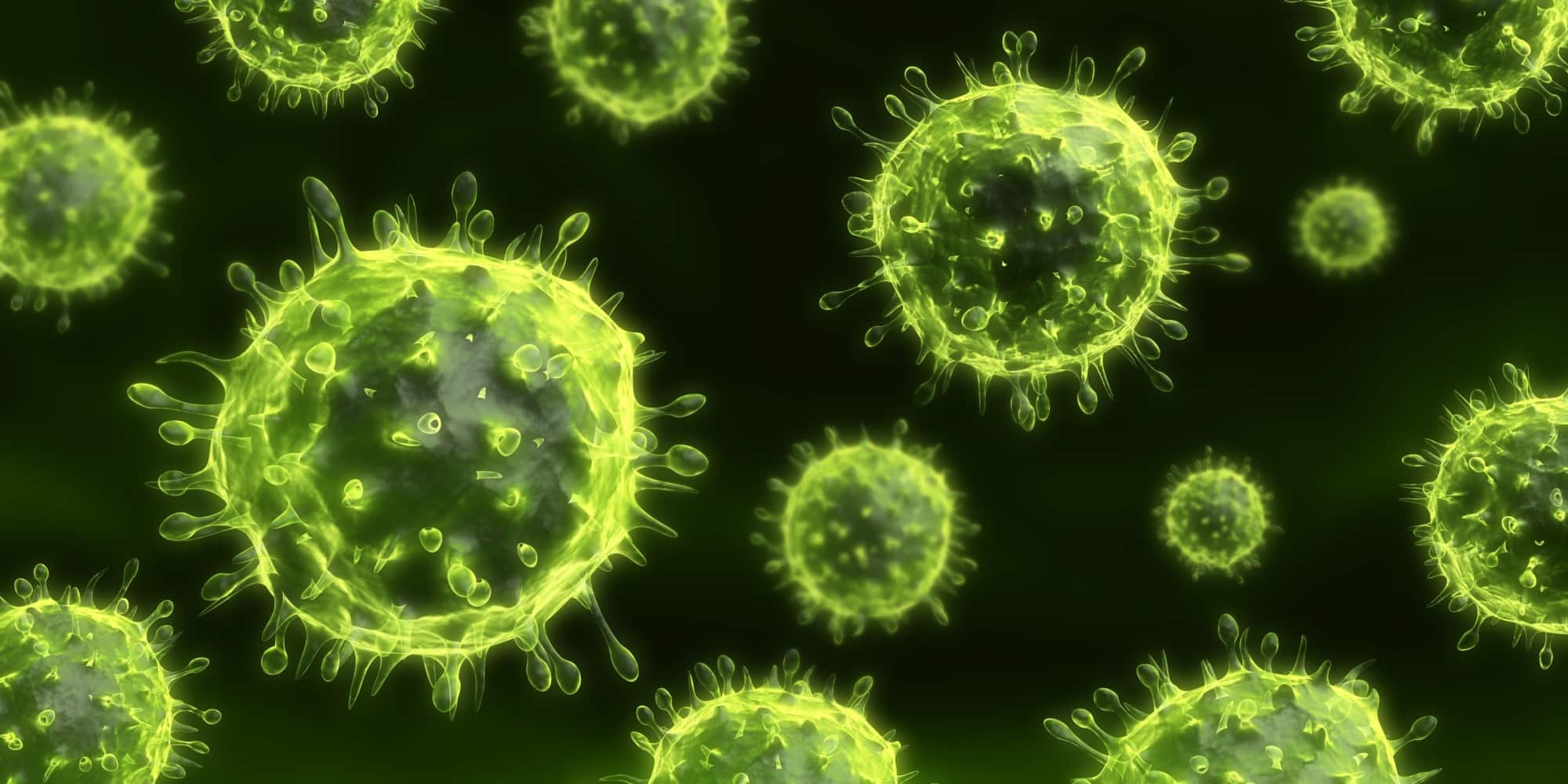Viral infections kill millions of people worldwide, current antiviral drugs are limited in that they act against a small handful of related viruses. Very few broad spectrum drugs exists that will prevent viral entry into healthy cells, these typically need to be taken continuously to prevent infection, which can lead to viral resistance through mutation.
These new anti-viral nanoparticles bind to viruses such as human papillomavirus, herpes simplex virus, Lentiviruses, Dengue, and respiratory syncytial virus to destroy them. The nanoparticle surface mimics heparin sulfate proteoglycan. Significant portion of viruses enter and infect healthy cells by binding to heparin sulfate proteoglycans on the cell surface. Current drugs which mimic HSPG bind to the virus and prevent it from binding to cells, this bond is weak and does not destroy the virus, which can reactivate when drug concentration is decreased. Researchers have designed a nanoparticle that binds tightly and destroys the virus at the same time.
Viruses and nanoparticles structures were generated precisely using advanced computational modeling down to the location of each atom, along with understandings of interactions between groups of atoms within them, which allowed for estimates on permanence and growth of bonds between the two, and predictions of how the bond could change to eventually destroy the virus.
Anti-viral nanoparticle final draft could irreversibly bind to viruses and caused lethal deformations to it without having effect on healthy cells or tissues. In vitro experiments showed they bind irreversibly to Dengue, herpes simplex virus, Lentivirus, human papillomavirus, and syncytial virus, which demonstrated and effective and safe broad spectrum antiviral that can be used to save lives.




